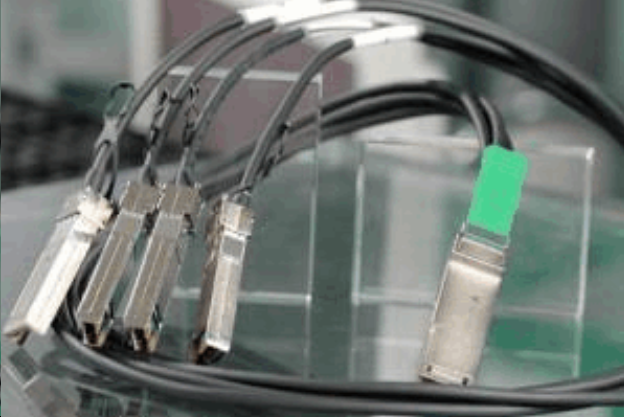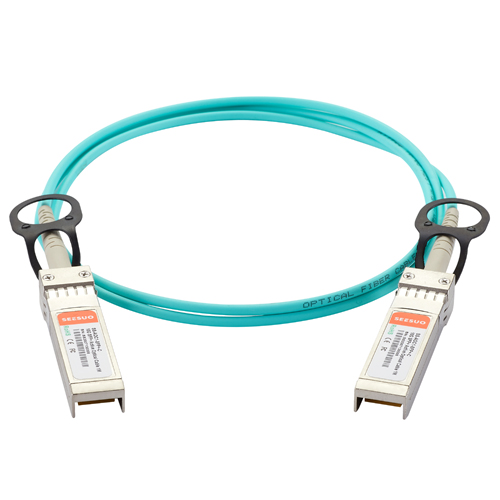- Related articles
- What is 10GBASE-T transceiver?
- What Is ADSS Optical Fiber Cable?
- EOL Cisco Switch WS-C2960S-48FPS-L Replaced with WS-C2960X-48FPS-L
- Optical Transceivers for Cisco N3K-C3524P-10G Switch
- Difference between GLC-LH-SM and GLC-LH-SMD
- Market Trends for Optical Interconnection Hardware in 2023
- Optical Transceivers for Cisco N3K-C3548P-10G Switch
- What is SFP in Networking?
- What Is GYTA Fiber Optic Cable?
- Optical Transceivers for Cisco SG300-10MPP-K9-UK Switch
Recommend tag

Do you know the secret of Direct Attach Cables?
2017-02-27
Direct Attach Cable (DAC) refers to the high-speed jumper at both ends are equipped with optical modules, by connecting the switch to the router or server, widely used in storage area network, data center and high-performance computer connection, it is gradually rising in the network communication.
Why is high-speed cable so popular in the market? One reason is that due to the price difference between the high-speed cable and other conventional optical devices, another crucial reason is that RJ-4510G optical module is not yet popular on the market, and most high-density 10 Gigabit switch uses 48 × SFP + jumper for transmission in the 1Rack chassis. Here we will list some of the secrets of direct attach cable that very useful for you.

1. Whether in some relevant articles, or in the product manual, you will always find such a saying: active direct attach cable is lighter and thinner than passive direct attach cable. In fact, this is a wrong view. If you have used active direct attach cable or passive direct attach cable, you will find that there is no significant difference in the weight and appearance.
2. As mentioned in the first point, the weight and thickness of cables cannot be used to distinguish the difference between active and passive direct attach cables. And the real difference between the two indicators is - AWG (US wire gauge). For example, AWG24 is thicker and heavier than AWG30, the AWG30 is more convenient than AWG24 when longer, and the bend sensitivity is limited (Limited bend radius). Therefore, in the long-distance transmission, the appropriate choice of larger value AWG.
3. When the transmission distance of more than 5 meters, the user is appropriate to use active direct attach cable. So that it can reduce the signal interference caused by the long-distance transmission.
4. Direct attach cable is cheaper than other ordinary optics, because the "optical module" of direct attach cable is not a real optical module, they are without components, can only transmit signals. Of course, without these expensive optical components, the cost of the direct attach cable itself is much lower. So despite the use of the same port as an optical module interface, direct attach cable can effectively save costs and reduce power consumption in short-range applications.
5. The real difference between active direct attach cable and passive active direct cable is: active high-speed cable has a driver chip while passive direct attach cable has no.
6. Active Optical Cable (AOC) is a type of direct attach cable, it can combine multi-mode fiber, optical modules, drive chips together. Active cable has many advantages, such as light weight, high performance, low power consumption, low insertion loss, flexibility and anti-electromagnetic interference. Active cable is now considered a rising star in the market for telecommunications and data communications optical modules.

Cozlink.com offers a wide range of high-speed cables and their components, including active cable, 10GSFP + fiber jumpers, 40GQSFP + fiber jumpers and 120GCXP fiber jumpers to meet 10G to 100G interoperability requirements. Hope that it can help you to better understand the direct attach cable through the above description.

TECHNICAL SUPPORT
Get solutions or consultation from the technical team.




















































